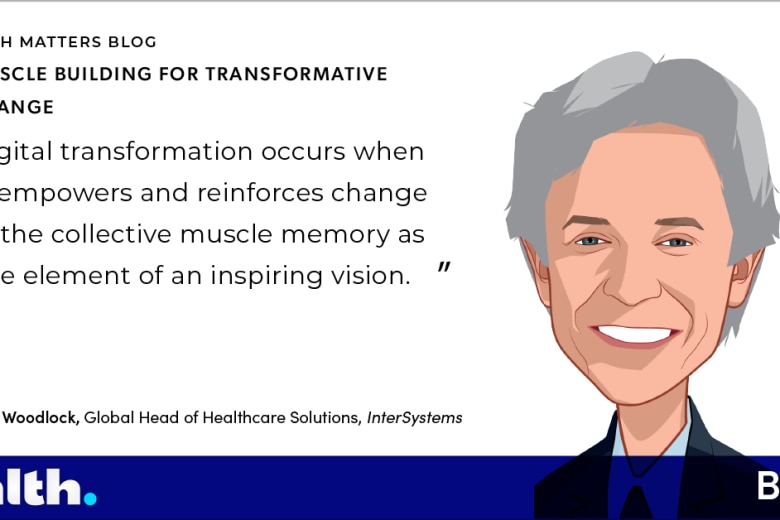An ongoing conversational theme during 2020 is the disconnect between what we expected, and what has actually happened. But while not always on the scale of a global pandemic and associated economic disruption, the unexpected, both good and bad, is a normal part of life – think of it as the “expected unexpected.”
McKinsey, the global consulting firm, has looked at what enables some businesses to survive disruption better than others. In one report, they looked at how businesses in multiple sectors performed during and after the 2008 financial crisis. They found that a small group of companies in each sector outperformed their peers after the crisis – they were resilient. Resiliency is the ability to absorb a shock and recover quickly. In the study, revenues for resilient businesses fell in line with industry averages, but they recovered much more quickly. In fact, by 2009, resilient company earnings had risen 10%, while others were down almost 15%. The difference? Resilient companies had prepared for the expected unexpected – balance sheets, supply chains, etc.
I’ve been thinking about this relative to the healthcare organizations we speak with, and read about. Similar to the McKinsey findings, it seems that those who are doing especially well now had prepared in advance, in particular, those with solid investments in information technology (IT) infrastructure – not just EHRs, but shared health records. In fact, I spoke on this at the recent
HIMSS European Digital Event, positing that strategic investment in unified care records has been critical to responsiveness and should make health information:
- Connected – comprehensive and normalized across all sources
- Foundational – for innovation, business, and clinical change
- Adaptable – to foster responsiveness
- Accessible – to care providers, patients, and payers in real-time
- Virtual – to support care in any setting
- Intelligent – so that the right information is delivered actionably
- Reusable – for analytics, insight, discovery, and to provide real world evidence
I won’t attempt to recap the whole talk – you can listen to it here. But the upcoming InterSystems Virtual Summit will include all kinds of examples of resilience and responsiveness built on a solid IT investment. We hope you’ll join us!






































